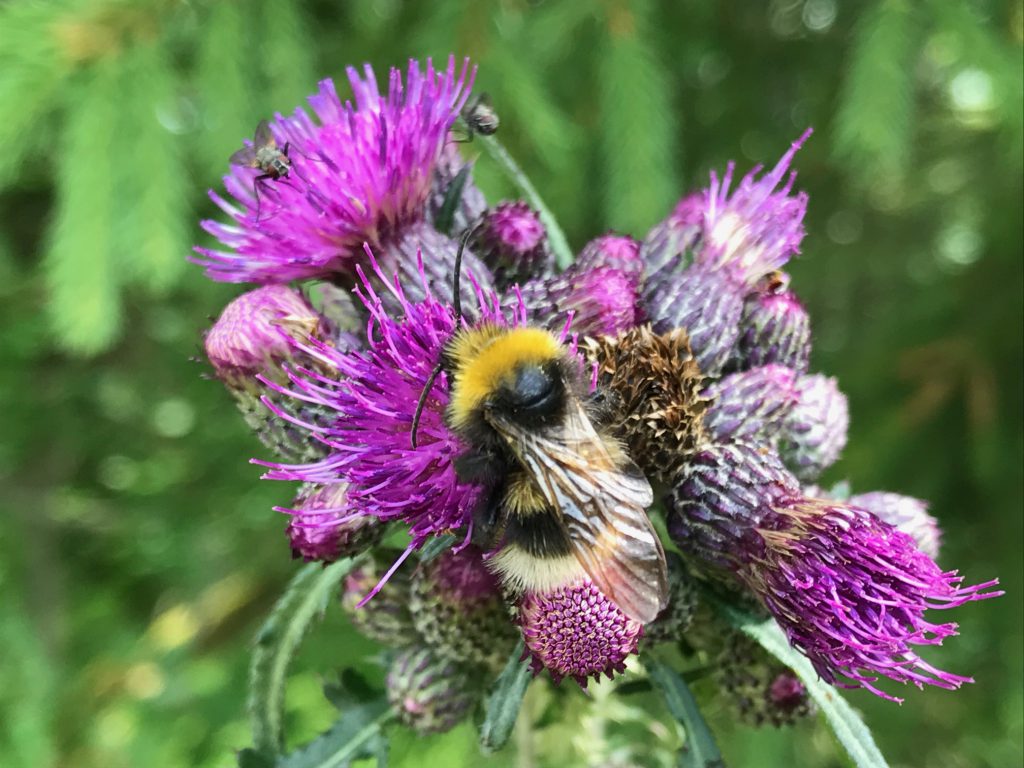What is a Weed?
There are many definitions for the term, and the matter is rather subjective. A universally accepted definition is that a weed is a plant that grows where it is not wanted. They may be growing in your lawn, they may be the cause of your itching and sneezing, or may be unattractive growing in your perfectly manicured landscape. They are not, however, always invasive or a noxious weed. Many are in fact native, and not considered a nuisance in the natural areas where they typically occur. The Miami-Dade County Extension Office has compiled a list of invasive and banned plants. Use the list to verify if a weed is invasive or a federal noxious weed.Either way, ‘weed’ is an anthropomorphic designation for what are just plants like any other.
Nevertheless, many plants people call weeds seem to be particularly talented at reproducing and surviving. This competitive advantage is owed to genetic traits that allow for more flexibility. For example, ‘weeds’ tend to be herbaceous (meaning non-woody) and therefore quick growing. Some, like Bidens alba may grow from seedling to a full flowering adult in just 3 to 4 months. They generally have high dispersal ability, producing many flowers, pollen, and seeds. Some have projectile or sticky seeds that are readily transported by humans. Animals can `also feed on fruit and help spread seeds through the process of digestion. Many can reproduce both vegetatively as well as by seed.
Weed categories
Most weeds come from Poaceae (grasses), Cyperaceae (sedges), and Astercaeae(broadleaf) plant families. Weeds can also be described by life cycle. Annuals have only one growing season, biennials live for two seasons, and perennials live for three or more years. It’s important to identify which type of weed you have and then identify the most appropriate and conservative method of control.
Control Methods
If weeds are the bane of your existence there are ways to control them.Herbicides are usually the go-to control method but can have unintended effects such as resistance and effects on non-target species, if not used properly. First, opt for nonchemical weed control for home landscapes and gardens. Examples are hand-pulling, raking, and mowing. Crowding plants closer together, known as dense planting, allows for less available space for weeds to compete. Mulching is another option that can help suppresses the germination of weeds. Lastly, do not let weeds mature in your landscape. A regular regimen of scouting and pulling will probably work best and ensure the most success.
If your weed problem is pervasive, an herbicide treatment may be necessary. Some herbicides are broad-spectrum and may affect non- target plants. The University of Florida provides guidelines for weed control in the landscape,along with herbicide recommendations.
Alternatives
Consider that some of the so-called weeds are native wildflowers. Some weeds are aesthetically pleasing and provide color to the landscape. They also attract native pollinators and are larval host to several butterfly species. Consider some of the wild native “weedy” species as an alternative ground cover for areas where you can’t grow or don’t want turf.

 2
2
